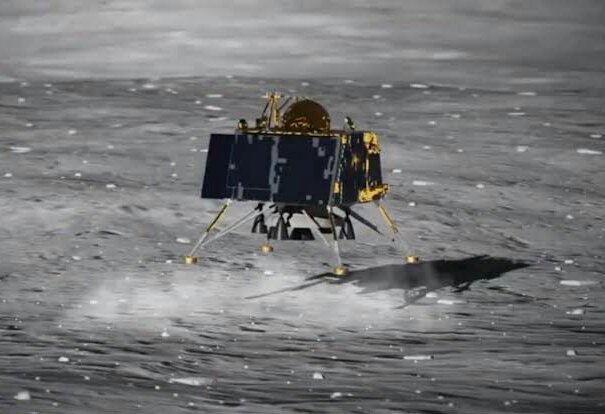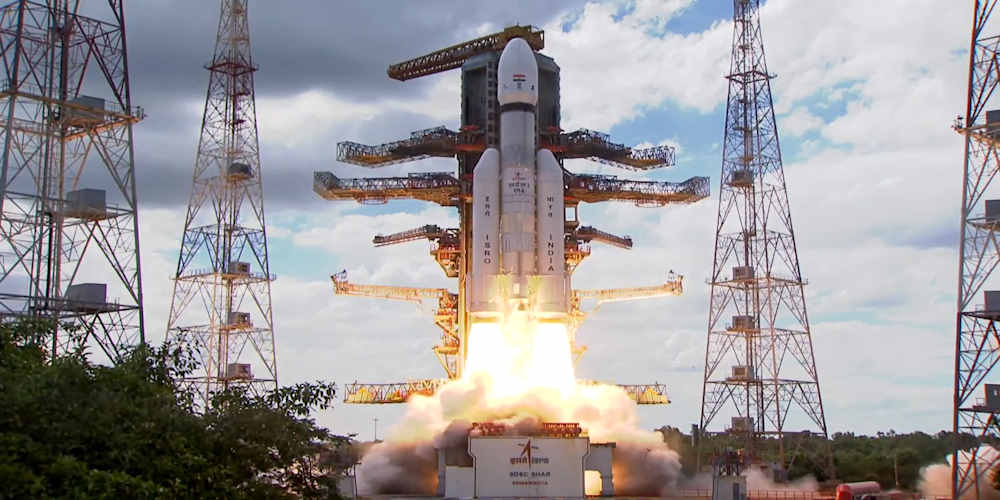New Delhi, Sep 22: India is set to become the first country to witness the reactivation of the lander and rover of the Chandrayaan-3 mission after two weeks of inactivity due to the lunar sunset. As India’s Minister of Science and Technology, Jitendra Singh, confirmed during a session in the Lok Sabha (lower house of India’s Parliament), this important development is scheduled to occur as the Sun rises over the Moon on the morning of September 22. , Addressing Parliament, Singh said, “Tomorrow when the country will be celebrating the passage of the Women’s Reservation Bill, we can hope that we will be the world’s first to land on the South Pole of the Moon. Desh Ban Jayenge (which happened last month) and then saw the resumption of navigational activities of both lander Vikram and rover Pragyan after a 14-day sleep (due to a fortnight’s sunset on the Moon).”
In response to comments made earlier in the day by Congress MP Shashi Tharoor, where Tharoor said the BJP government takes credit for scientific achievements since 2014, Singh referred to the iconic photo of scientists carrying rocket components on bicycles. He said this achievement dates back to 2014 and highlighted the technological advancements made since then. Regarding Tharoor’s comment that women do not need reservations in scientific fields, Singh highlighted the increasing presence of women scientists within ISRO (Indian Space Research Organisation). He also said that the Aditya L-1 mission is being led by a woman scientist.

Singh challenged Tharoor’s claim that the budget of the Department of Space is minimal, saying that the budget for science and technology as well as space departments has increased by 142 percent between 2014 and the present. The Minister stressed the government’s efforts to make space programs and rocket launches more transparent and accessible to the public. He said thousands of people watched the launch of the Chandrayaan-3 mission live from Sriharikota on August 23, which is in contrast to the past when the location of ISRO facilities was relatively unknown. Singh also highlighted opening up the space sector for private collaboration and significant growth in startups and unicorns in the space sector. He mentioned how scientists visited Tirupati before the launch of each satellite, which shows the co-existence of science and spirituality.

Singh argued that due to shortcomings of previous planning, television came to India only in the 1970s, whereas in the US it was available 15 years earlier. However, the government has since positioned India as a leader in quantum technology. In response to Singh’s statements, Adhir Ranjan Chowdhury, leader of the Congress in the Lok Sabha, emphasized the visionary leadership of India’s first Prime Minister Jawaharlal Nehru in establishing institutions such as ISRO and the Department of Atomic Energy. He credited these early efforts for later advances in space research. This exchange in the Lok Sabha highlights the importance of India’s space program and the ongoing progress and achievements in the field.











